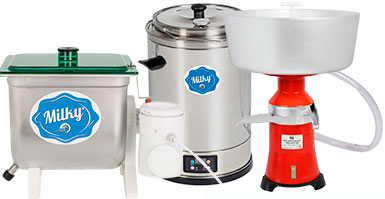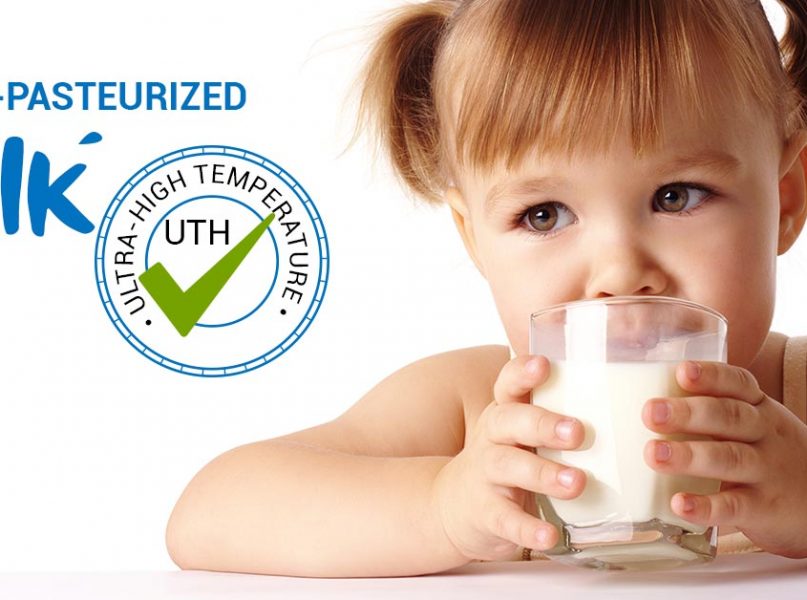When considering ultra-pasteurized milk, it’s crucial to understand its production process and the role of milk pasteurizing equipment in ensuring safety and quality.
There is a lot of controversy surrounding ultra-pasteurized milk. Some people claim that it is fairly useless since pasteurization kills all the good bacteria. Others are confident that it is the only safe way to consume milk. Otherwise, you will get sick.
Both opinions are very strong and both exist simply because most people don’t know what the term “ultra-pasteurized” actually means. So let’s dive into this topic and find out the truth. Are ultra-pasteurized milk brands really selling us a useless product? Does drinking raw milk represent a health risk?
What is ultra-pasteurized milk?
During the pasteurization process, milk gets heated and then packaged in a sanitary environment. “Ultra-pasteurized” means that it was heated to a much higher temperature above 135 °C (275 °F). Such milk can sit in your fridge for up to three months! Isn’t that amazing? Well, as you might have guessed, opinions on the subject vary.
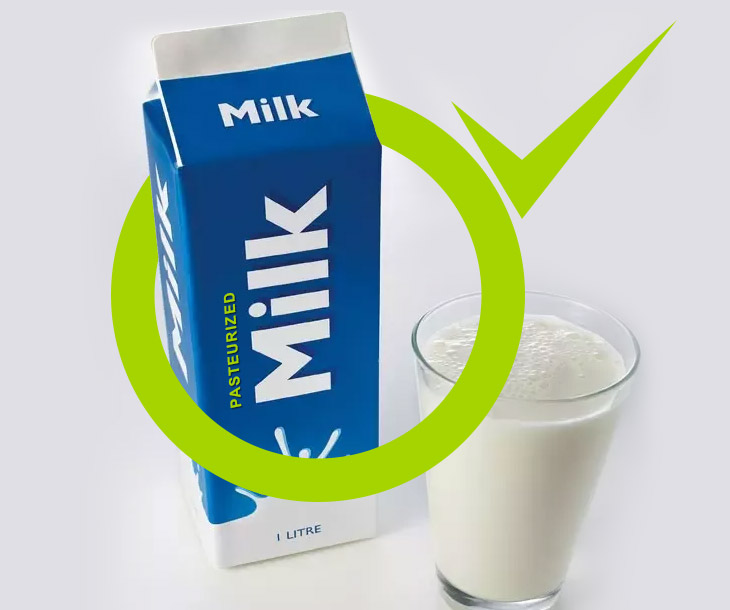
High heat kills both harmful and what’s considered to be good bacteria. That’s why many people are rather skeptical about pasteurized milk. However, according to the FDA, pasteurization doesn’t lower the nutritional value of the product. It does taste somewhat “cooked” — especially if you’re used to the raw option.
But some people dealing with certain illnesses like cancer patients simply are not allowed to consume raw milk because the bacteria can cause more issues. In that case, sterile and completely safe ultra-pasteurized milk will be the only option. Also, if you don’t consume milk that often, the ultra-pasteurized variety can sit in your fridge for a very long time.
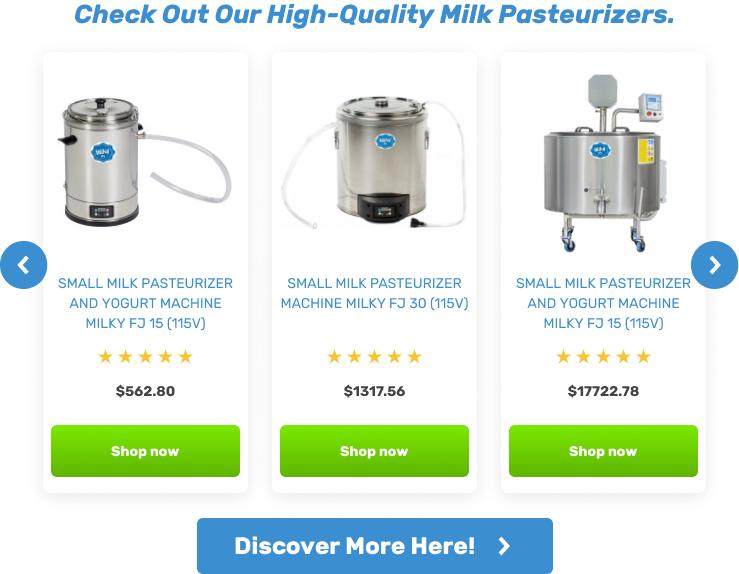
Small scale farmers can benefit from offering pasteurized milk but ultra-pasteurized milk is not a viable option for most of the farmers because of high equipment expenses. Of course, in many countries, they don’t really have a choice — local law forces them to pasteurize their dairy products. But if you’re lucky enough to live in a place without such restrictions, you should consider offering both options. Sure, many dairy customers love raw milk. You should remember, though, that it will only remain fresh for a couple of days.
Some customers would like to buy milk that can survive for longer than that. Not everyone consumes this product every day and pasteurized milk would be a better choice for such clients. Also, you can prevent potential issues because ultra-pasteurized milk is totally safe.
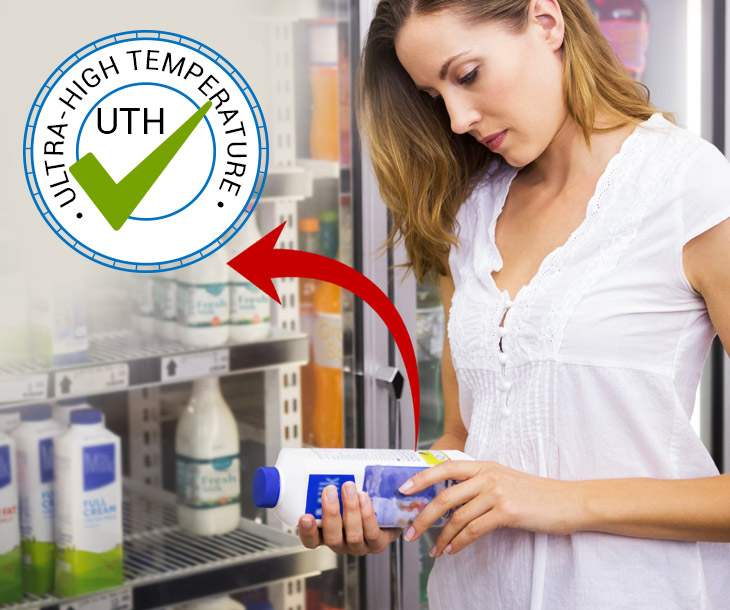
How to tell if milk is ultra-pasteurized
It’s very simple. The manufacturer will write it on the package, so all you need to do is look for the UHT label (ultra-high temperature) when you’re buying milk. Store-bought milk is usually pasteurized. If you want to find out whether your local farmer pasteurizes their dairy, you can just ask them about it and the methods they’re using.
Interested in creating your very own small dairy farm? Learn about all the equipment you will need from our comprehensive quick guide!
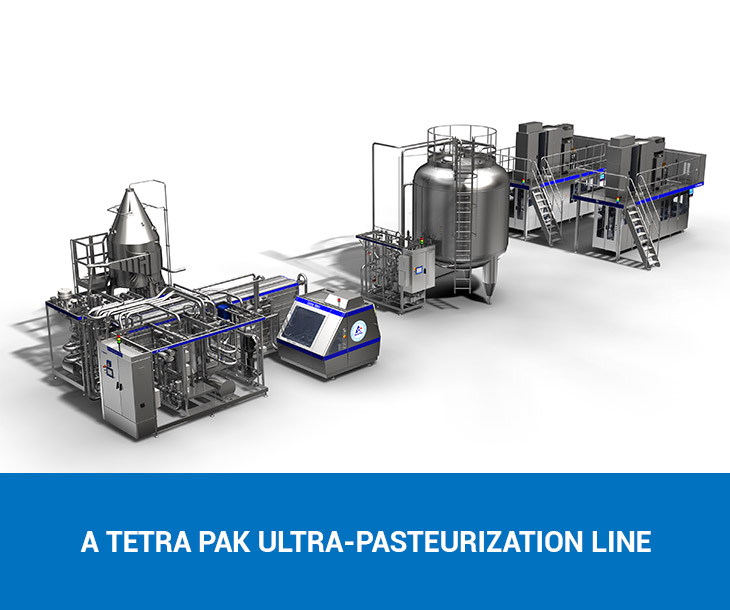
How does milk get ultra-pasteurized?
There are different levels of pasteurization that involve lower or higher temperatures:
- Low temperature: In this case, milk is heated to 63℃ and kept at this temperature for 30 minutes. The shelf life lengthens to 2-3 weeks.
- High temperature: This method involves a higher temperature of 72℃. Milk is kept at this temperature for 15 seconds. The HTST pasteurization will keep milk fresh for up to 30 days if stored in the fridge.
- Ultra-high temperature or ultra-pasteurization: This method requires milk to be heated to 140℃ and kept at this temperature for only 2 seconds. Then it is packaged in a sterile environment. Also, the packaging needs to be treated with hydrogen peroxide. The shelf life lengthens to 30-90 days.
While you can perform low- and high-temperature pasteurization without a pasteurizer and solely with a thick-bottomed pan and a thermometer, UHT milk processing requires special equipment. You will have to invest in a pasteurizer that can heat the milk up to the required temperature and then rapidly cool it down. Also, if you need to process large quantities of milk, you will benefit from using a pasteurizer even for low- and high-temperature pasteurization.
Explore all our milk pasteurisers suited for different volumes of milk! At Milkyday, you can pick a machine for home use as well as for your small farm:

If you need any guidance, please, contact us. We’re always ready to help you!

Advantages and disadvantages of UHT milk pasteurization
Ultra-pasteurization significantly lengthens milk’s shelf life. But, it does not taste like regular pasteurized milk and up to 20% less folate, riboflavin, vitamin A, vitamin B12, vitamin C and thiamin. Also lower in antimicrobials, beneficial bacteria, and enzymes and shelf life may not be significantly longer than regular pasteurized milk once opened.
Comparing pasteurized to ultra-pasteurized milk, the difference in taste is apparent right away. Obviously, raw or even low- or high-temperature pasteurized milk will be more delicious than the UHT variety. With that said, some people prefer the taste of UHT milk.
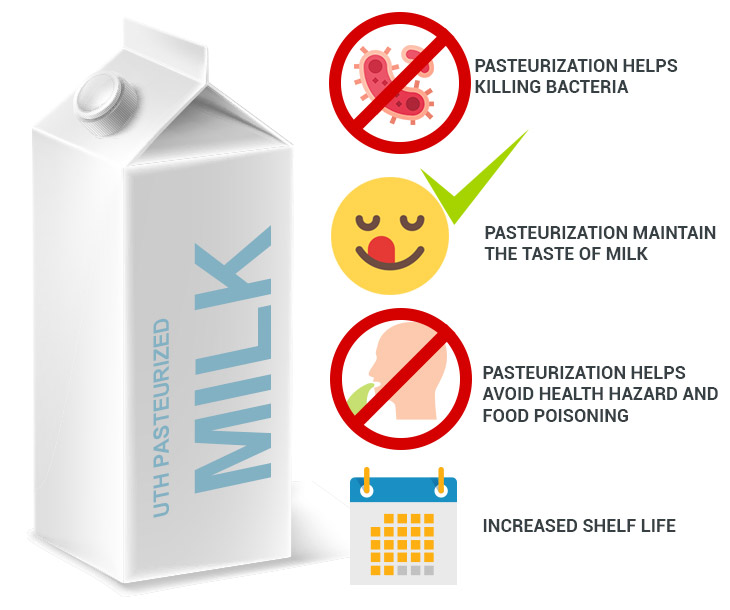
Here is the opinion of Brian Johnston, the fourth-generation dairy farmer from Tennessee: “I want raw milk. That is one big reason I milk cows. It is easier for the body to digest and we need healthy fats to lubricate our joints.
In the days before we had all the cleansing products available and the knowledge of how to keep things clean, I understand the reason for pasteurization. The downside is that the body cannot digest the milk as well.
The ultra-pasteurized milk cooks the milk until all the proteins are denatured and are not good for you at all. I go to extra lengths to make sure my milk is of the highest standards of cleanliness — only because I drink and use the milk myself. If I have to medicate a cow, I will not sell the milk until the withdrawal time has passed or I have had the milk tested to make sure there is no drug residue in the milk. One cannot make cheese with milk that contains antibiotics.” Here is the full interview with Brian.

A slightly inferior taste is the only disadvantage we can find with UHT milk. But when it comes to health, ultra-pasteurization has a very strong benefit: It makes the product completely safe. Can UHT milk cause diarrhoea? Absolutely not. But raw milk can cause an upset stomach, especially to people who are not used to drinking it.
Some people assume that since ultra-pasteurization kills all the bacteria, it also somehow makes milk lactose-free. That is not true. Lactose-intolerant people will experience all the same symptoms if they consume UHT milk.
You can reduce the amount of lactose in milk by introducing cultures to it and making yogurt or cheese using specific milk pasteurizers. This won’t make products completely lactose-free but if your lactose intolerance is mild, you might be able to enjoy the yogurt and cheese you made yourself!
It’s solely up to you whether you should drink or sell raw, pasteurized or ultra-pasteurized milk. But you should know the difference between unpasteurized and pasteurized products to be sure you’re making the correct decision.


